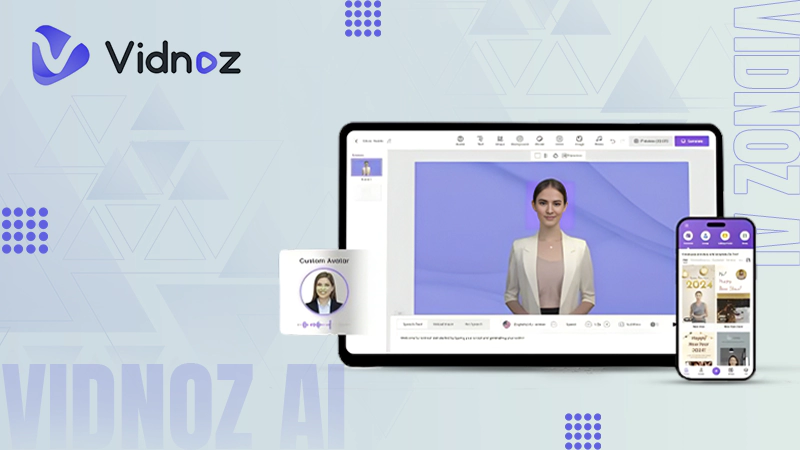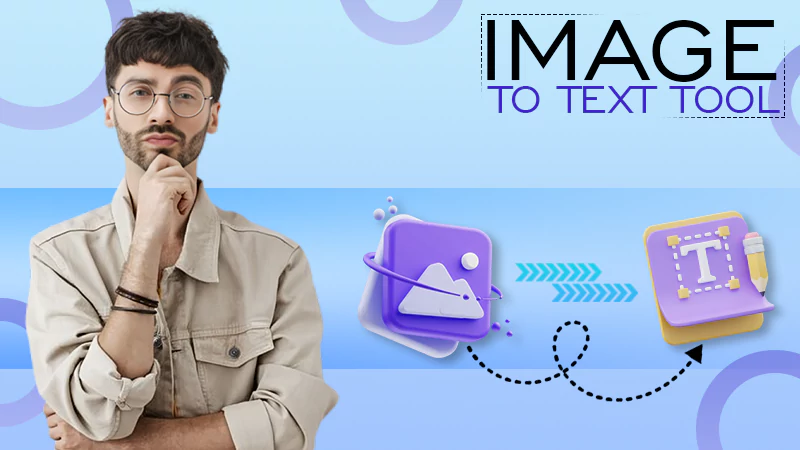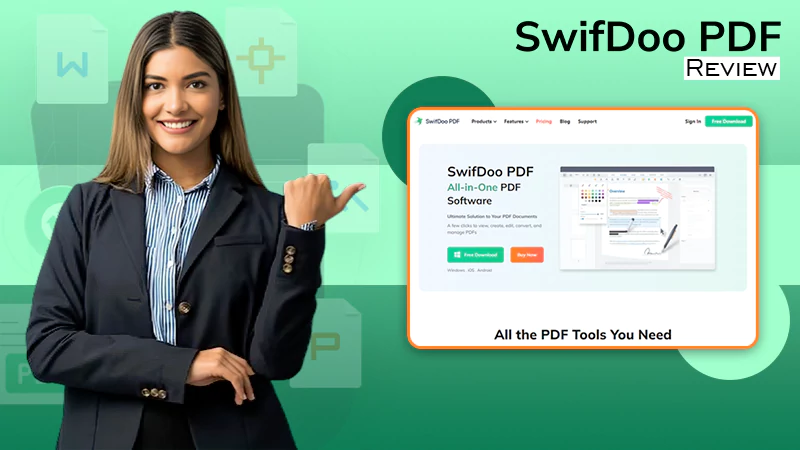Want to Develop an App? What You Need to Know
Have you ever had a brilliant idea for an app? Maybe you’ve even considered creating an app yourself? There are so many businesses out there advertising how easy it is to make an app, but very few of them share what it really takes to create an app. All the way from app load testing, which is critical, to the importance of residential proxies, we cover the hidden considerations when creating an app. However, if this is your first time hearing about residential proxies, check out Smartproxy for more information.
What is App Load Testing?
What you should do is test the performance of the app by App Load Testing. There are various elements to an app that needs to be tested under different circumstances, such as the number of users, the location, data traffic, and the reaction time of the mobile network. The testing will cover the different situations or variables specific to apps.
Essentially you would also test the app’s engagement factor through load testing. The attention span of app users is concise, and many apps are only used once and never used again because the user was disappointed by the app’s performance.
Other reasons for app load testing include:
- Finding limits of your app.
- Improving the architecture to remove performance hold-ups.
- The cost of failure.
Once you complete load testing and remedy any identified problems, you can finish your app development and be positive in releasing your app.
During the development lifecycle, make app load testing an ongoing task. Plan and decide what you would like to test, for example, testing a single performance of features or individual interpretation of backend incorporation or frequent use of the same function.
These tests will help to identify any performance issues. Think about measuring memory and the CPU (central processing units) impact, memory leaks, the performance from an app user’s behavior point of view, and how you will record those measurements.
There Are Various Load Testing Tools:
JMeter (open source), Apica, LoadRunner, Locust (open source), and BlazeMeter are a few good tools you can consider.
Also, Read: Your Complete Guide to Custom Web Application Development
Market Research
Doing market research will help you understand your target users, their requirements, goals, and the type of technology they are using. You will discover how you can merge your idea into a functional app.
During the market research process, it is good to identify your competitors and see what their apps are doing and what the shortfalls are. All apps will have comments; study these so that your app can have functions that make it stand out. Understand changes and challenges in your market through monitoring your competitors.
Research all platforms that your users are utilizing and understand why going by user experiences is important. Remember, all devices are different, and each user has different needs. You also need to identify the difference between how people use a mobile app and how they use a mobile website.
Track trends to get an understanding of what has been and what emerging trends there are. Customize your app accordingly. Look at developing immersive and interactive apps by creating a responsive user interface and a highly engaging user experience to captivate your target audience.
Develop a user-testing group to understand what it is that people want from the app. The focus group is great to discuss ideas with, to go further in the development phase as to what you want to offer. Interviewing potential users to get feedback and advice is a valuable tool.
Choose Between a Native (Google Play or Apple), Hybrid or Web App
Technical decisions need to be made early on, like electing a native, hybrid, or web app has repercussions for later development and maintenance. Market research needs to be done to define the core purpose and functionality of your app so you can make the best decision.
The main differences between native, hybrid, and mobile apps are the following:
- Access to native device Application Programming Interfaces or APIs will depend on the device’s capabilities that your app needs to access.
- The method of distribution will affect the way your app is marketed and define the promotion plans.
- Multi-platform support, based on your target audience and the market you want to enter. Mainly Apple’s App Store and the Google Play store.
- Built-in programming languages. This would affect and depend on your time frame, budget, and expertise.
Native apps are expensive to develop but are perfect for heavy-duty tasks such as gaming or the use of photos or videos. Web apps are cheaper to develop and easy to update and don’t require any access to the device’s native functionalities. The same code base is used by hybrid apps as for native and web apps. Hybrids access the device’s features and are available in both app stores. They are also ideal for most app goals and purposes, including utility, enterprise, and productivity apps.
Plan to Analyze
You need to measure success, make improvements, and then measure again. With the confusion of devices, potential features, platforms, and technologies, success can be hard to explain. Success affects your plans, and you need to access market insights and customer trends to expand your market share.
Consider the following questions:
- How do our costs look?
- What is our ROI (Return on Investment)?
- How many people do we want using our app?
- How many daily active users do we have?
- Will this grow our customer adoption rate?
- What is the cost per acquisition?
- Will this boost our retention rate?
- Will this develop our brand recognition?
- Will this grow loyalty to our app?
- What is the average revenue per user?
Finding affordable residential proxies and using them with the right web scraping tools, or paying a freelancer for web scraping services can help you to get the answers to many of these questions by scraping the web and compiling the data in a format that is easy to understand. This will help you with critical market research, identifying market trends, audience needs, and much more.
Conclusion
When it comes to creating an app, there are many aspects to consider. Although it starts with a good idea and then moves to program the app, you also need to consider app load testing, market research, and analysis. These are all important parts of the process of creating an app that runs well, meets the user’s needs, and will become popular.
Next, Read: The Reasons to Consider Google Cloud Application Development
Level Up Your Online Presence: How iTop Screen…
Vidnoz AI Review: How to Convert Text to…
HitPaw Online Video Enhancer Review and Its Best…
Top 7 Background Removers Online in 2024
How to Retrieve Google Backup Photos?
How Does The Image-To-Text Tool Work?
SwifDoo PDF Review 2024: A Comprehensive Look
The Real Benefits of DevOps Training for Aspiring…
Capturing Serenity: Elevating Yoga Pose Photos with CapCut’s…
Single CPU Server vs Dual CPU Server: What’s…
Boost Your Productivity with a Desktop-Docked Search Utility…












